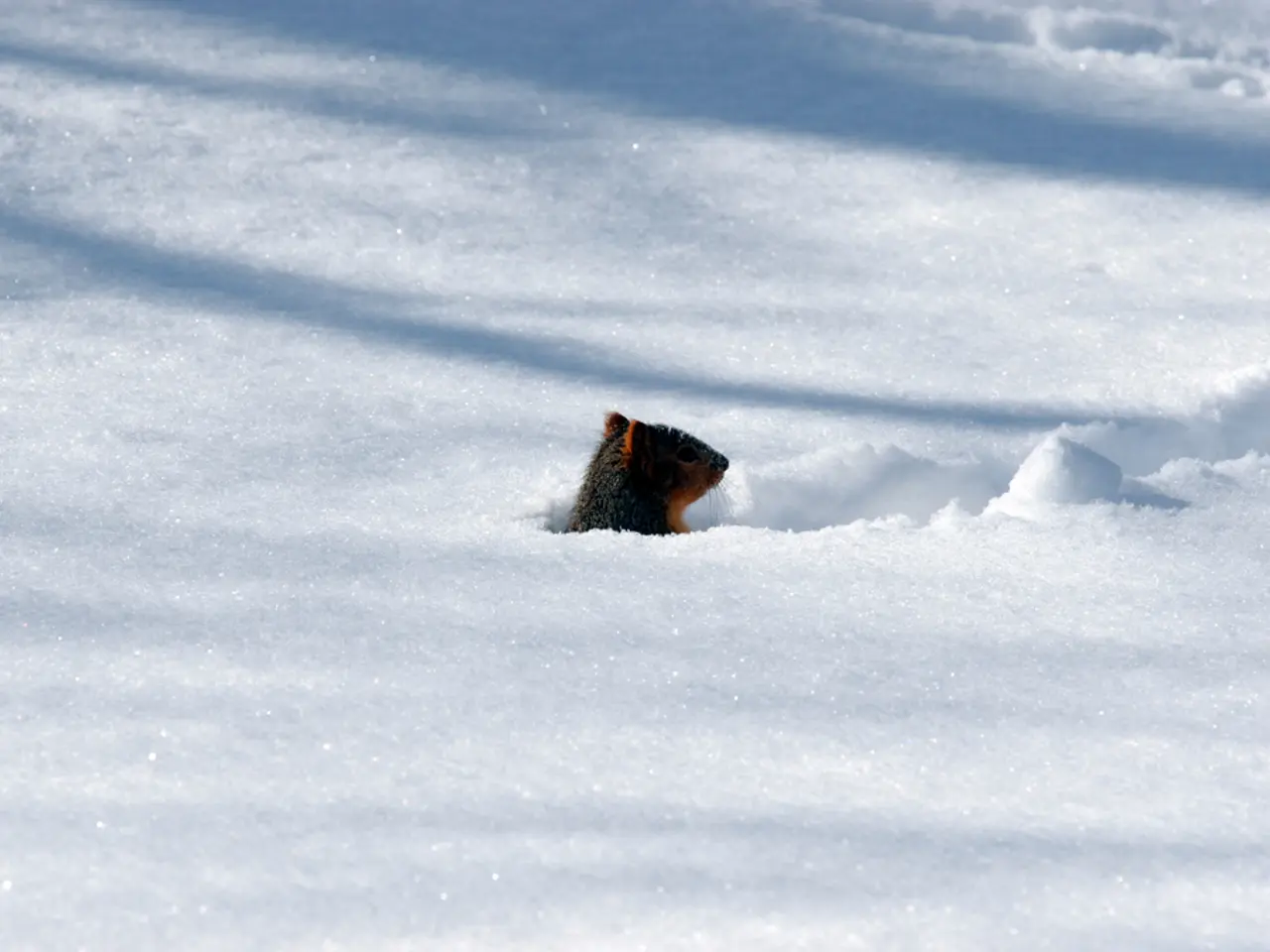Colorado Rockies Winter Survival Guide - Essential Equipment and Apparel for Winter Endurance
The Colorado Rockies, a breathtaking landscape of snow-capped peaks and rugged terrain, are calling adventurers far and wide. But before you embark on your winter journey, preparation is key to enjoying the adventure without unnecessary drama.
Navigating the Rockies can be challenging, even in ideal conditions. GPS and phones can fail in winter conditions, making traditional navigation tools such as maps and compasses crucial. The truth is, the Rockies are as unpredictable as they are beautiful. One moment, it's sunny and calm; the next, a surprise snowstorm rolls in, and temperatures plummet faster than you can say "where's my extra gloves?"
Preparation is about stacking the odds in your favour. Here's a list of essential items to include in your vehicle maintenance and survival kit:
**Vehicle Maintenance Items** - Emergency Toolkit: Pliers, screwdrivers, wrenches, and duct tape. - Tire Repair Kit: A spare tire, tire inflator, and tire chains (adhering to Colorado's Chain Law). - Fluids and Additives: Antifreeze, windshield wiper fluid, engine oil, and fuel additives. - Battery and Electrical: Jump-start cables, a battery maintainer, and extra fuses.
**Safety and Survival Items** - First Aid Kit: Bandages, antiseptic wipes, pain relievers, and any personal medications. - Warmth and Shelter: Space blankets, emergency sleeping bags, and a portable tent if needed. - Lighting: Flashlights, extra batteries, and glow sticks for visibility. - Communication: A cell phone with a car charger, a two-way radio, or a satellite phone for remote areas. - Food and Water: Non-perishable snacks, water bottles, and a water purification system if needed. - Fire Starting: Matches, a lighter, or a fire starter kit. - Signaling Devices: Flares, reflective triangles, or reflective vests for visibility.
**Personal and Emergency Documents** - Go Bag Essentials: Copies of important documents (ID, insurance, emergency contact info) stored in a waterproof container. - Maps and Guides: Both physical maps and a GPS device or smartphone with GPS apps.
**Additional Tips** - Check Weather Forecasts: Regularly check weather conditions to plan your trip accordingly. - Vehicle Preparation: Ensure your vehicle is winter-ready with good tires, proper tire pressure, and functioning wiper blades. - Travel with a Buddy: Whenever possible, travel with at least one other person and let someone know your route and expected return time. - Water and Filtration are important, carrying at least two liters and a small filtration system or purification tablets. - Colorado experiences around 4,000 avalanches annually, with about 10% of those reported affecting recreational areas. - Emergency backup gear should always be carried for winter adventures, even if plans change or things take a turn.
Remember, the Rockies demand respect from everyone, regardless of experience level. Layering is key to staying warm and dry during winter adventures. The base layer should be made of synthetic fabrics or merino wool, fit snug but not suffocating, and move sweat away from the body. The middle layer is about insulation and should be made of fleece, down, or synthetic insulated jackets. The outer layer should be waterproof, windproof, and breathable, and have pit zips for breathability.
High-energy snacks should be compact and calorie-dense, such as nuts, chocolate, and energy bars. An insulated sit pad keeps your rear end off the cold ground during unexpected overnight stays. A headlamp is necessary, even if not planning to be out after dark, as dusk sneaks up quickly in winter.
A little planning, the right gear, and some common sense can mean the difference between ending your day with hot chocolate by a fire or with an unplanned sleepover in a snowbank. So, gear up, and let the adventure begin!
- Navigating the snow-capped peaks and rugged terrain of the Colorado Rockies requires traditional navigation tools such as maps and compasses, especially during unexpected snowstorms.
- The winter-ready vehicle kit should include an emergency toolkit with pliers, screwdrivers, wrenches, and duct tape, among other items, to ensure safety on the road.
- Essential survival items for days in the wilderness include warmth and shelter like space blankets, emergency sleeping bags, and portable tents, as well as a first aid kit for handling injuries.
- Adequate lighting like flashlights, extra batteries, and visibility aids such as glow sticks are crucial for locating essential gear during the night or low-light conditions.
- Flares, reflective triangles, or reflective vests are necessary signaling devices for informing others about one's location during emergencies.
- High-energy snacks like nuts, chocolate, and energy bars should be packed, ensuring a quick boost of calories during snowy adventures.
- The outdoor-living lifestyle demands the right gear and common sense, especially when it comes to layering warm and dry clothing for surviving in the unpredictable landscape of the Colorado Rockies.





